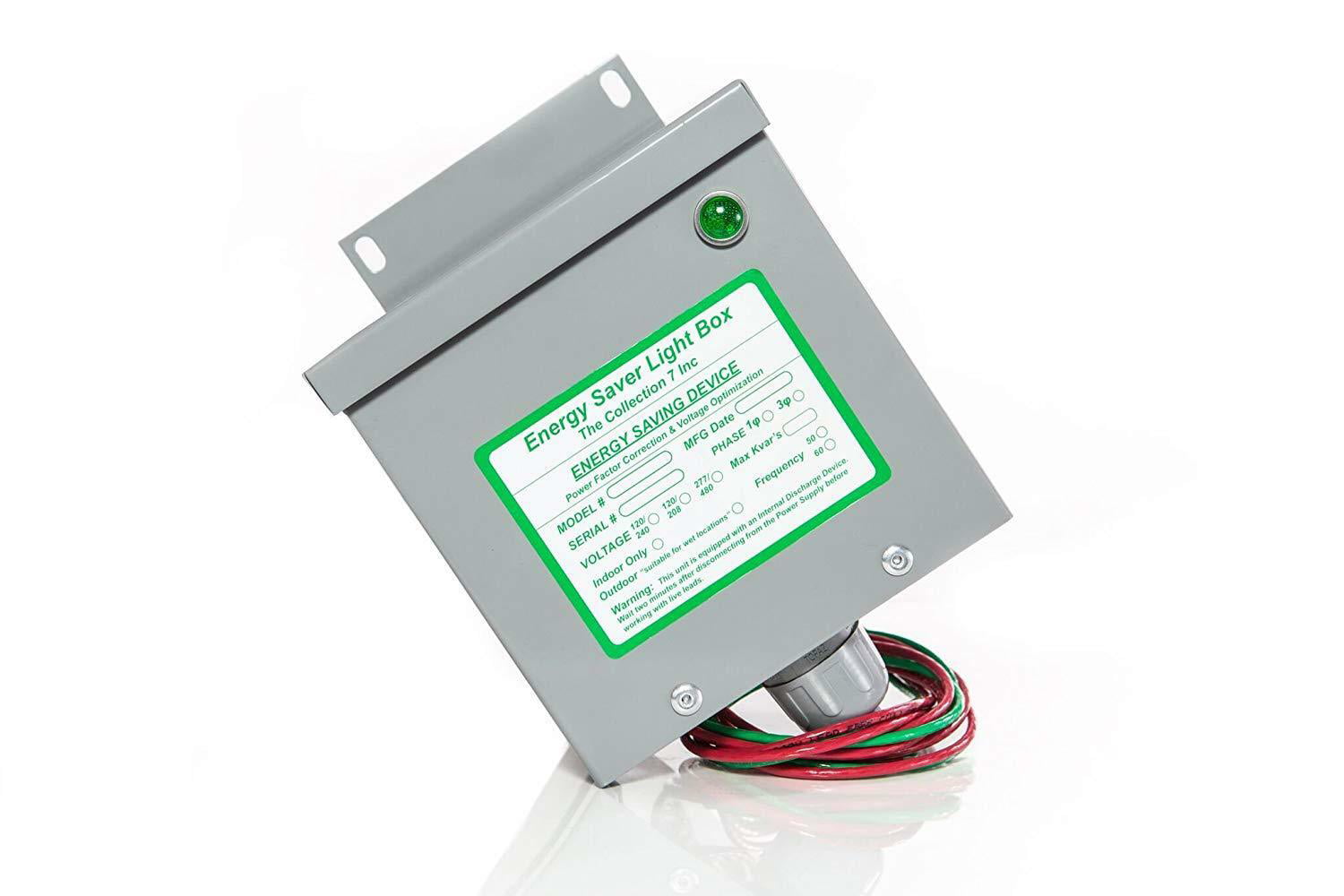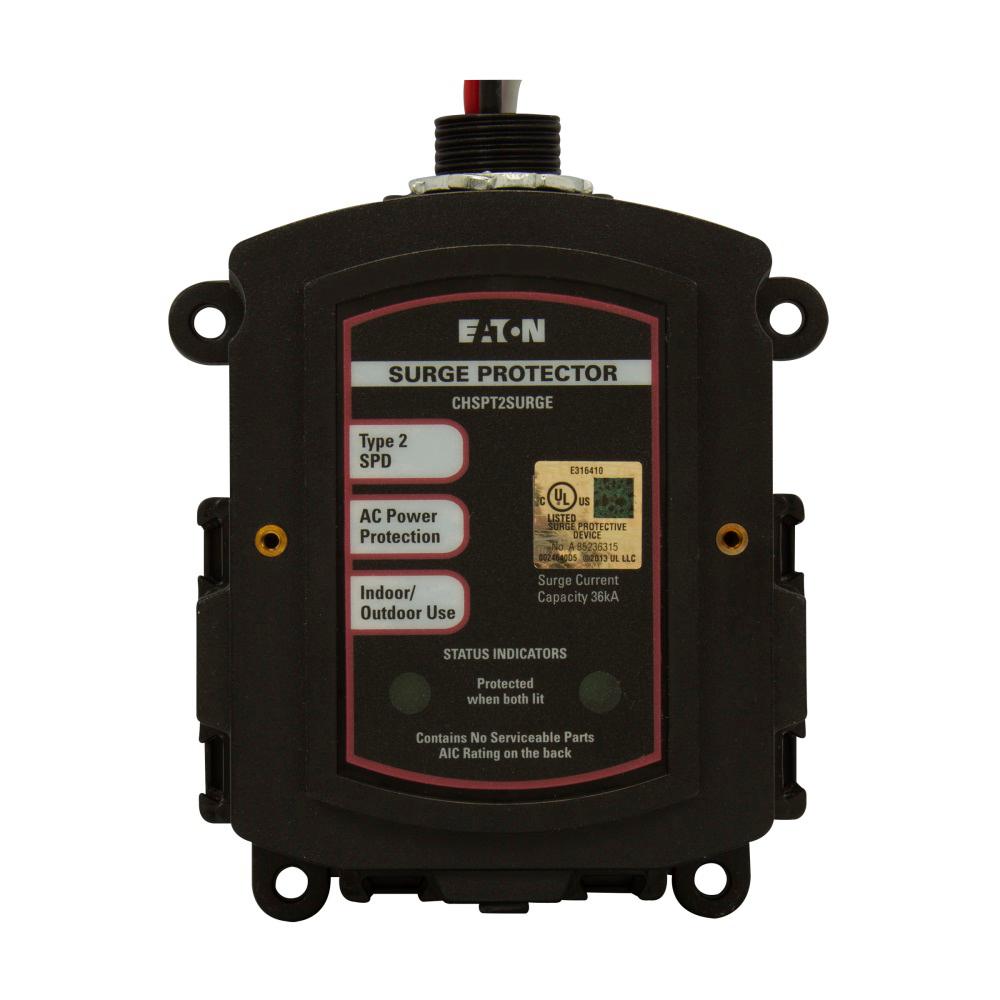Table Of Content

Second, a surge will follow any wire into a house—phone and cable lines included—and threaten fax and answering machines, televisions, satellite systems, computers, and modems. And third, as the owners in the Acton remodel discovered, delicate electronic circuitry has proliferated throughout our homes, leaving common appliances as vulnerable as computers to the effects of surges. Whereas most surge protectors have four modes of protection (the way the surge is channeled away from the home’s electric devices), the IG2240 offers six. With 50kA per channel, and two channels, the protection rating totals an impressive 100kA, which should be sufficient for just about any surge event.
The Best Whole House Surge Protectors of 202 - Picks from Bob Vila - Bob Vila
The Best Whole House Surge Protectors of 202 - Picks from Bob Vila.
Posted: Tue, 13 Jun 2023 07:00:00 GMT [source]
The Causes of Power Surges
We uphold strict editorial standards and carefully vet the advice and resources referenced in our articles. Click below to learn more about our review process and how we earn money. Insurance companies don’t typically give discounts for surge-protected homes, but investing in protection may very well pay for itself, and then some. The recommended minimum protection from a whole-house system is 40,000A, though many are much higher.
The Best Surge Protectors for the Home or Office
While they are effective in the majority of cases, it would be wrong to assume they offer total protection. It’s also important not to confuse them with ordinary power strips, which often look similar but do not have a surge-protection element. Perhaps the most popular kind of SPD, Type 2 surge protectors can be installed inside the main breaker panel, also called a load center, or somewhere beside it.
Residential Whole House Surge Protectors
However, getting your electrical grounding checked is highly recommended. An electrical surge may seem like a small inconvenience when it leaves a house unscathed or only causes an alarm clock or other inexpensive device to malfunction. Even the best surge suppressor can’t do its job if the house wiring isn’t properly grounded; there has to be a single way for the diverted electricity to go. NEMA has a standardized rating system covering electrical device enclosures used in the U.S. It specifies the environments where a particular device can be installed and used safely.
Q. Will a whole-house surge protector protect the AC unit?
Now and then, they require replacements, too, as their energy-saving ability wears down over time. Despite its impressive 80kA protection level, the HEPD80’s outstanding performance doesn’t also come with exorbitant pricing, as this unit remains a very affordable option. It is both UL listed and Canadian Standards Association (CSA) certified. Rachel Klein is a Senior Commerce Editor for Popular Mechanics, where she writes about everything from garden hose reels and patio furniture to mesh wifi systems and robot vacuums.
Decreases the likelihood of house fires caused by electrical malfunction.
Unlike run-of-the-mill power strips, its veneer seems built to stand up to most minor scratches and scuffs. But the Furman Power Station 8 (PST-8) goes further, providing the best surge suppression of any model we tested—enough to give owners of very expensive electronics peace of mind. If you want a surge protector for your home office or entertainment setup, the Tripp Lite Protect It 12-Outlet Surge Protector TLP1208SAT is your best choice.
How We Chose the Best Whole-House Surge Protectors
These surges can damage electronic devices like computers, televisions, or home theaters. Whole Home Surge Protectors can help prevent this damage by diverting excess voltage away from the electronic gadgets during a power surge. The protectors work by absorbing excess voltage and preventing the excess surge voltage from flowing through the wiring and entering the home. However, power strip surge protectors vary dramatically in quality. Surge protectors work only if your electrical system is grounded, so it’s also important to have an electrician check your electrical system for grounding.
Guide to Choose the Best Whole Home Surge Protectors
On the presumption, that you have never had a whole house surge protector installed – you must be ready to spend some money, as the installation requires the knowledge and ability of an electrician. In simple terms, a surge protector has a filter, allowing all safe electrical currents in, and prevents all irregular voltage from having an impact on your power utilities. By doing so, it protects all of your appliances from burning out, and in some cases exploding. This is why you won’t find a joule rating listed for the PST-8, according to Furman—other surge protectors rely solely on MOVs to absorb energy, so it’s not an apples-to-apples comparison.
Q. Why should I install a surge protector?

They stop extra voltage from reaching your devices and appliances. At times, high-surge events occur – like lightning strikes or severe storms. Before purchasing whole home surge protectors, it is important to consider the installation process. The installation process can be complex, and it may require the assistance of an electrician or other professional. Additionally, the installation process may require additional wiring and modifications to your home’s electrical system, which can add to the cost of the surge protector. Unlike Type 1 and Type 2 surge protectors, they don’t absorb excess power but rather transfer it to the ground wire.
In summary, the installation of a Whole Home Surge Protector is an excellent investment in the safety and longevity of your home. However, not all power strips are surge protectors, and older power strips offer very little protection (if any) from power surges. Only devices specified as surge protectors reliably protect electronics against voltage spikes and power surges. Type 3 surge protectors are either wall outlets or power-strip surge protectors. Both kinds are very common, since they allow the user to plug multiple devices into one plug.
Though she researches and tests chargers for a living, her phone battery is usually low. The Tripp Lite Protect It 12-Outlet Surge Protector TLP128TTUSBB failed to measure up to our top pick during testing, letting more than twice as many volts slip through. The Tripp Lite SpikeCube used to be a pick, but unlike our current picks, it has just one outlet and lacks an auto-shutoff mechanism.
With this comprehensive guide, I can help you determine how to choose the best whole-house surge protector for your property. This Type 2 surge protection panel is designed to flush-mount next to a main breaker for straightforward installation. It offers 50 kA of surge protection and it’s easy to see the LED status indicators front and center. Despite the Smart Guard's 10 kA surge capacity, it offers robust coverage with up to six modes of protection for every type of circuit, whereas most whole-house surge protectors offer up to four. The amount of electrical current a surge protector can absorb is measured in kiloAmps. Look for whole-house surge protectors that are 30 kA and up to ensure all your appliances are protected.
These buffers between individual appliances and wall outlets come in a bewildering array of options and prices. They range from $70 units not much bigger than a computer mouse to $350 units the size of a pizza box that guard all the components in a home theater. NEMA 1 is the lowest rating, stating that an enclosure is for indoor use and provides basic protection against possible electric shocks. At the other end of the scale, a NEMA 4X-rated product is suitable for indoor or outdoor use, including offshore, and offers protection from windblown dirt, sand, rain, and more. The Eaton CHSPT2ULTRA is another example of this leading brand’s reputation for high-quality surge protection devices that won’t break the bank.
UL 1449 covers numerous aspects of the SPD, including how fast it reacts to a surge, the current required to trip it, and the level of protection offered. In order to pass, a whole-house surge protector must be able to produce results within the specified limits for as many as 15 consecutive tests. Depending on user configuration, Type 2 SPDs can protect an individual circuit or all the circuits within an electrical panel, plus subsidiary panels downstream of it. Many provide similar levels of protection as Type 1 devices, but it’s important to check the specifications.

No comments:
Post a Comment